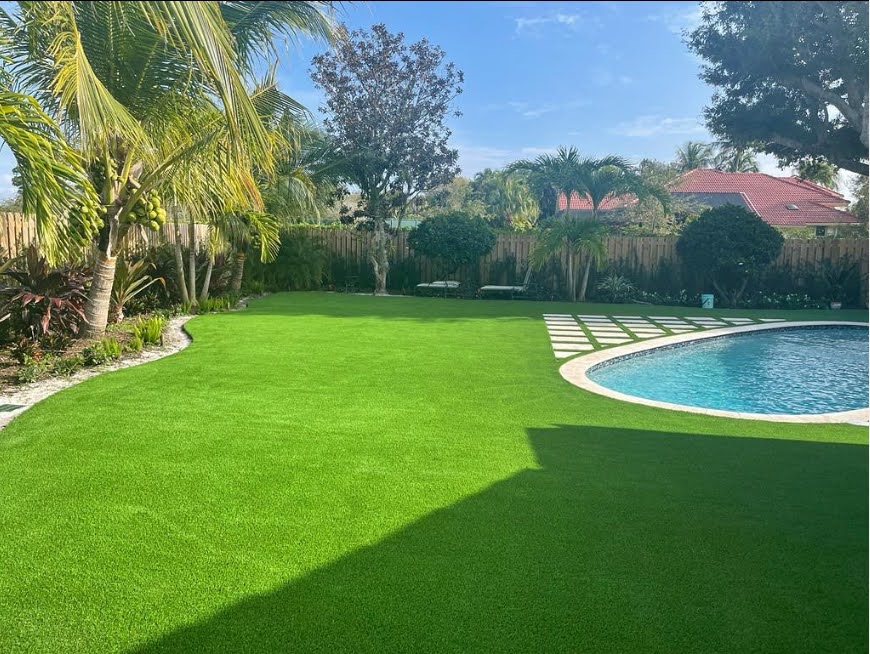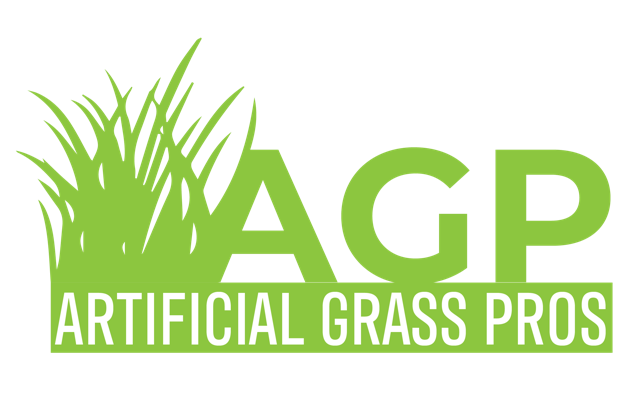Understanding Synthetic Grass and All Its Benefits: A Comprehensive Guide
Synthetic grass, also known as artificial turf or artificial grass, has come a long way since its early days as a simple alternative to natural grass. Today, it’s a versatile, durable, and attractive option for a wide range of applications, from residential lawns and commercial landscapes to sports fields and playgrounds. If you’re considering making the switch to synthetic grass, it’s important to understand what it is, how it works, and the many benefits it offers. Here’s a comprehensive guide to help you get started.
1. What is Synthetic Grass?
Synthetic grass is a surface made from synthetic fibers designed to look and feel like natural grass. It is typically made from polyethylene, polypropylene, or nylon, and is designed to withstand various weather conditions and heavy use. The grass blades are tufted into a backing material, which is often perforated for drainage. The backing is then secured in place, and infill materials like sand, rubber, or organic options are added to help the grass blades stand upright and provide cushioning.
2. Low Maintenance
One of the most significant benefits of synthetic grass is its low maintenance requirements. Unlike natural grass, synthetic turf doesn’t need regular mowing, watering, fertilizing, or weed control. This means you can enjoy a lush, green lawn year-round without the time, effort, and expense associated with traditional lawn care. For busy homeowners or businesses looking to reduce maintenance costs, synthetic grass is an excellent choice.
3. Water Conservation
Water conservation is a major concern in many parts of the world, particularly in regions prone to drought. Natural grass requires a significant amount of water to stay healthy and green, especially during hot, dry seasons. Synthetic grass, on the other hand, doesn’t require any watering (except for occasional cleaning), making it an environmentally friendly option that can help conserve water and reduce your utility bills.
4. Durability and Longevity
Artificial turf is designed to withstand heavy use and harsh weather conditions. Whether it’s installed in a backyard, sports field, or commercial landscape, artificial turf can handle foot traffic, pets, and even extreme temperatures without showing signs of wear and tear. High-quality synthetic grass can last for 15 years or more, making it a long-term investment in the appearance and functionality of your outdoor space.
5. Versatility
One of the great advantages of synthetic grass is its versatility. It can be used in a variety of settings, including residential lawns, playgrounds, sports fields, rooftops, patios, and even indoor spaces. It’s also available in different colors, textures, and pile heights to suit different needs and preferences. Whether you’re looking to create a low-maintenance backyard oasis, a safe and durable play area for children, or a professional-grade sports field, synthetic grass offers a solution that can be customized to fit your specific requirements.
6. Aesthetically Pleasing
Modern synthetic grass is designed to look and feel remarkably similar to natural grass. It comes in a range of shades and textures to mimic the appearance of different grass types, ensuring a realistic and aesthetically pleasing look. Synthetic turf remains green and vibrant year-round, regardless of weather conditions, ensuring that your lawn or landscape always looks its best. The uniform appearance and lack of patchiness that often plagues natural grass add to its visual appeal.
7. Environmentally Friendly
In addition to water conservation, synthetic grass offers several other environmental benefits. Since it doesn’t require chemical fertilizers, herbicides, or pesticides, it reduces the amount of harmful chemicals that can leach into the soil and waterways. It also eliminates the need for gas-powered lawn equipment, reducing carbon emissions and noise pollution. Some synthetic grass products are even made from recycled materials, adding to their eco-friendly credentials.
8. Safe and Clean
Synthetic grass provides a clean and safe surface for a variety of activities. It’s non-allergenic, making it a great option for individuals with grass allergies. The absence of mud, puddles, and uneven surfaces also means less mess and fewer accidents. Many synthetic grass products are designed with antimicrobial properties to reduce the growth of bacteria and odors, especially in areas used by pets or children.
9. Pet-Friendly
For pet owners, synthetic grass offers a durable and low-maintenance alternative to natural lawns. It’s resistant to digging, doesn’t develop bald spots, and is easy to clean. Pet waste can be easily removed, and the turf can be rinsed down to keep it fresh. Some synthetic grass options are specifically designed for pet use, featuring enhanced drainage and odor control to ensure a pleasant environment for both pets and their owners.
10. Cost-Effective Over Time
While the initial cost of installing synthetic grass may be higher than planting natural sod, the long-term savings can be substantial. Without the need for watering, mowing, fertilizing, or lawn care services, synthetic grass pays for itself over time. Additionally, its durability and longevity mean fewer replacements and repairs, further reducing costs in the long run.
Conclusion
Astroturf offers a host of benefits that make it an attractive option for homeowners, businesses, and sports facilities alike. From its low maintenance requirements and water-saving properties to its durability, versatility, and environmental benefits, artificial turf provides a practical and aesthetically pleasing solution for a wide range of applications. If you’re looking for a way to enhance your outdoor space while reducing upkeep and costs, synthetic grass is an investment worth considering.


Recent Comments